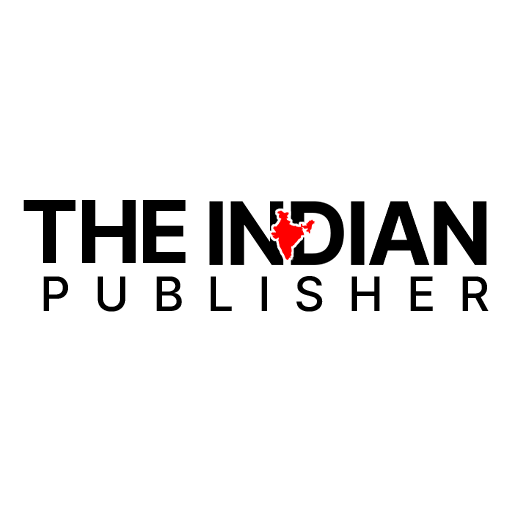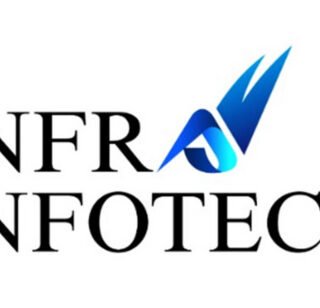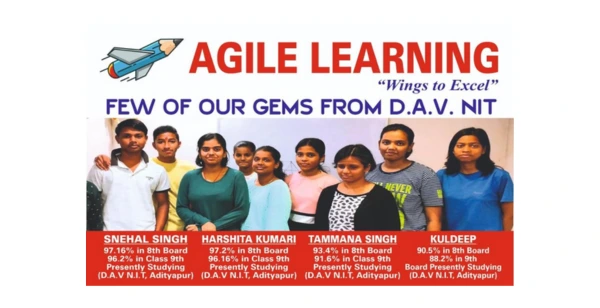
According to an analytical specialist, JEE Advanced 2023 paper 1 is moderate to challenging.
Review the expert-shared JEE Advanced 2023 paper analysis below.

On June 4, 2023, IIT Guwahati hosted the first JEE Advanced 2023 examination for admission to the 23 IITs. The test consists of two exams, Paper-1 and Paper-2, and both are required. Paper 2’s second sitting will take place from 2:30 to 5:30. JEE Advanced live updates in 2023.
JEE Advanced (Paper-1) Analysis 9:00 a.m. to 12:00 p.m.: Morning Session
180 were earned on Paper 1 in total.
There were 51 total questions on the paper, with 17 on each subject.
Physics, Chemistry, and Mathematics made up the first paper’s three sections.
The maximum score for each part was 60.
There were four sections in each part:
Sec. I (max. 12 marks)
Section II (maximum marks 12)
Sec. III (max. 24 points)
Sec. IV (max. 12 points)
Sec-I included three multiple-choice questions with four possible answers, ONE OR MORE THAN ONE of which was accurate.
Indicative scoring for this section:
Total points: +4 If only (all) the right choices were made
Marks in Part: +3 If all four choices are true but only three are selected as true
Marks in Part: +2 If three or more choices are viable but only one isThere are just two viable choices.
Marks in Part: +1 If more than one choice is correct but only one is selected
Zero Points: 0 Choosing none of the possibilities
Marks against: -2 The rest of the time
Only ONE of the four possible answers to each of the four questions in Section II was accurate.
Indicative scoring for this section:
Total points: +3 If only the right choice is made
Zero Points: 0 Choosing none of the possibilities
Marks against: -1 The rest of the time
There were six numerical-based (non-negative integer type) problems in Section III.
Indicative scoring for this section:
Full credit: +4 for the right response
Marks: 0 in all other circumstances.
Match List-I to List-II was the format for the four questions in Section IV.List-I contained four questions, while List-II had five alternatives. One or more choices were accurate.
Indicative scoring for this section:
Full points: +3 if all choices are accurate.
0 points are awarded if none of the choices are selected.
Marks against: -1 The rest of the time
Paper 1: Students’ initial responses
The overall difficulty of the paper was rated by the students as moderate to challenging, but not easy.
According to some pupils, maths was rather challenging, although physics was easy and chemistry was moderate.
The kids felt that chemistry was not balanced. There were a couple questions in inorganic chemistry that came straight from the NCERT. Questions from the chapters on Chemical Kinetics, Ionic and Chemical Equilibrium, Electrochemistry, and Atomic Structure were addressed in Physical Chemistry. Thermodynamics (with multiple-choice questions). Questions about amines, polymers, biomolecules, oxygen-containing compounds, and named reactions were often asked in organic chemistry. mixed-concepts inquiriesasked were. According to the students, this portion was rated as Moderate. Organic chemistry is given more weight.
Physics: Chapters on kinematics, thermodynamics, modern physics, capacitors, current electricity, kinematics, gravity, optics, and electrostatics were given more weight. According to pupils, Physics was generally easier than the other two disciplines. According to the pupils, this section was balanced.
According to the pupils, mathematics was challenging. Vectors and 3D geometry-related problems were challenging and time-consuming. Functions, matrices, ellipses, statistics, and probability were all mentioned in the questions. There were several excellent inquiries from the chapters on Probability, Complex Numbers, and 3.
Parabola and geometry. This portion was deemed the hardest by the students.
Since the entire article hasn’t been examined, there haven’t been any errors noted to date.

The managing partner of the FIITJEE Noida Centre and author is Ramesh Batlish. The opinions stated here are my own.



